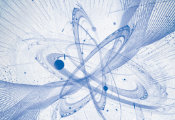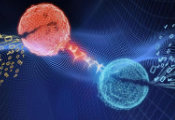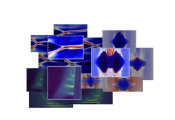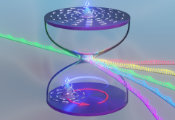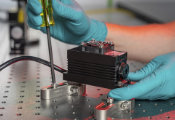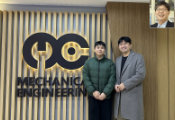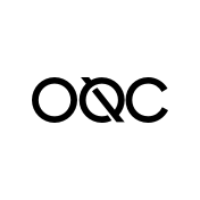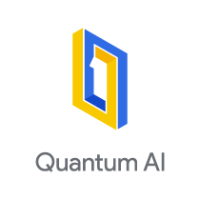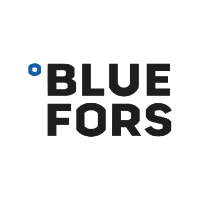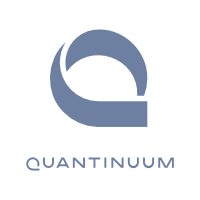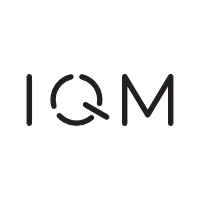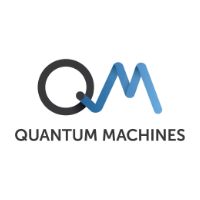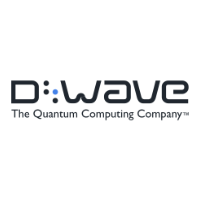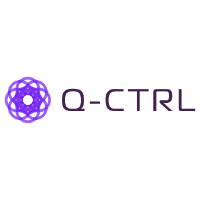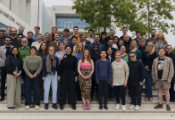Inside Duke’s Plan for a Next-Gen Quantum Computer
September 04, 2025 -- A year of planning and gathering input from the quantum computing community has paid off: Today, the National Science Foundation (NSF) gave a team, led by the Duke Quantum Center, the green light to advance the design of a 256-qubit quantum computer.
The multi-institutional collaboration moves into the second of three funding stages under NSF’s National Quantum Virtual Laboratory (NQVL) program, which aims to accelerate quantum science and technology development nationwide. During the pilot phase—a one-year, $1 million grant—the Duke-led team held town hall meetings to understand how others in academia and industry might optimize and use a 256-qubit trapped ion quantum computer, known as Quantum Advantage-Class Trapped Ion system (QACTI), and engage in programs to prepare students for future quantum careers. In the upcoming phase, the QACTI team will receive $4 million over two years to narrow down ideas and map out plans for construction and workforce development.
“We are super excited to move into the design phase,” said Ken Brown, the Michael J. Fitzpatrick Distinguished Professor of Engineering at Duke and leader of QACTI. “By combining expertise from across our research team, we’re prepared to build one of the largest academic quantum computers.”
The project is part of a competitive funding process involving 11 teams, with a rigorous review conducted by NSF at the end of each phase. Advancing to the next stage is not guaranteed, and the number of teams reaching the final implementation phase has yet to be determined. With NQVL, the NSF is building critical quantum technology infrastructure for the scientific community. Other NSF investments have paved the way for this program including gravitational wave detectors (LIGO), neutrino detectors (IceCube) and seismic activity monitors (SAGE).
“NSF has a long history of creating scientific instruments that seemed impossible when they were first conceived,” said Peter Love, professor of physics & astronomy and of computer science at Tufts University and QACTI co-PI. “NSF is the right place to develop a quantum computer that will be a tremendous scientific instrument for studying quantum phenomena from quarks to molecules.”
The Duke-led team is among the first four to receive approval to advance to the second phase. Future progression to the final stage includes potential funding of $10 million annually for up to 12 years. Users would have access to the quantum computing resources locally and via the cloud to run a wide range of simulations and computations.
“QACTI will greatly contribute to democratizing access to quantum computing hardware systems, thus enabling a wider array of U.S.-based researchers to address challenging scientific questions,” said Raymond Samuel, professor of biology at NC A&T and QACTI co-PI.
The QACTI team includes long-time partners from the University of Chicago, North Carolina State University, North Carolina Agriculture and Technical State University (NC A&T) and Tufts University.
“We are excited and grateful to NSF for this opportunity to bring years of quantum software research to an open quantum platform that will enable users to develop groundbreaking science applications,” said Fred Chong, the Seymour Goodman Professor of Computer Science at the University of Chicago and QACTI co-PI.
Plans for Two Quantum Computers
The team aims to build the 256-qubit quantum computer by 2033, but the QACTI team plans to first create a separate 60-qubit computer by 2029 as proof of concept.
“Although a 256-qubit computer will be a great resource, access will be limited due to high demand,” Brown said. “Building multiple types of larger-scale quantum machines will diversify the tools available and benefit everyone.”
The core of the QACTI computer will be an array of 256 atomic ions hovering inside of a specially fabricated trap. Laser beams prepare and control the ions for computation. In the simplest configuration, each ion stores a quantum bit, or qubit. A quantum program can set each qubit to any combination of 0 and 1 and create qubit interactions across the array in a way that enhances computation. In contrast, classical computer bits can only be 0 or 1 during computation and cannot interact in the way that qubits can. These quantum features are powerful add-ons for solving certain hard problems and are not possible with modern computing hardware.
The smaller computer will not only use the typical ion qubit but also incorporate the ion array’s vibrations or oscillations into computation. With this additional capability, scientists will be able to more efficiently simulate many interacting quantum particles, a task that is notoriously difficult for even the largest supercomputers.
“Achieving this goal is a truly multidisciplinary endeavor, bringing together expertise from physics, engineering and many other scientific domains of potential applications,” said Jungsang Kim, the Schiciano Family Distinguished Professor of Electrical and Computer Engineering at Duke and QACTI co-PI. “We are excited to have the team assembled to take on this challenge.”

